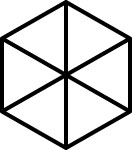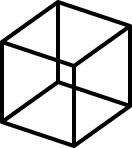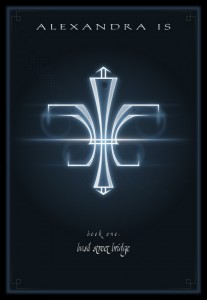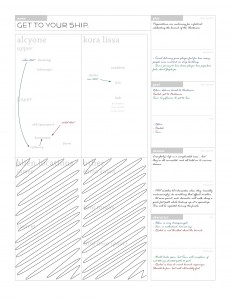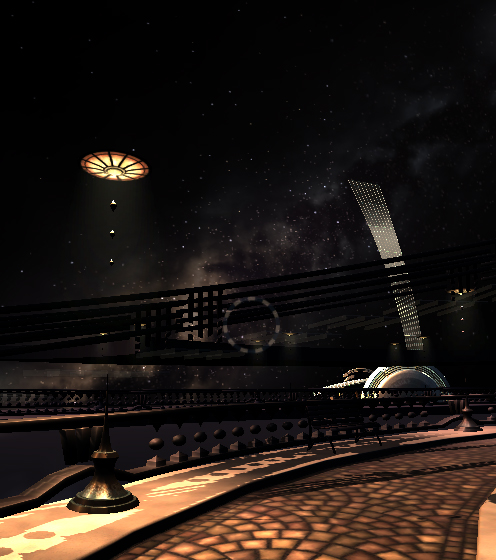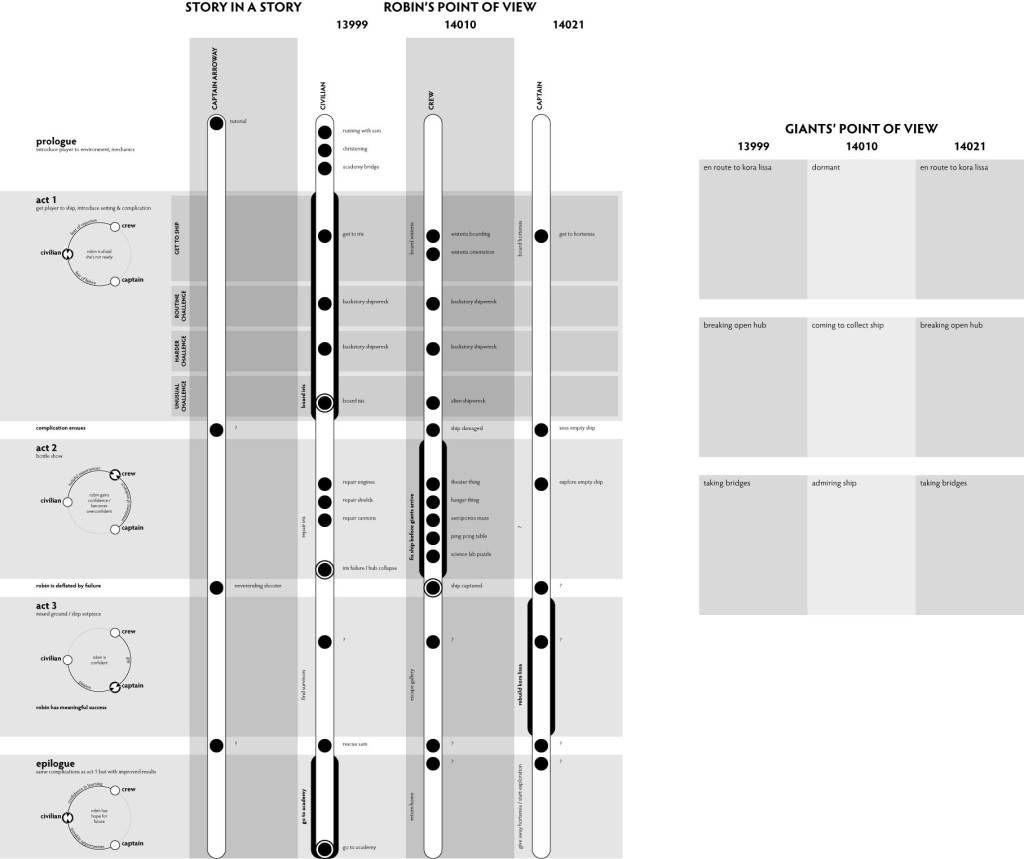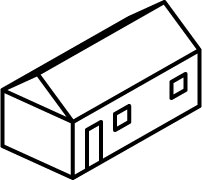This is also a box.
Which is to say, they’re both equally awkward representations of a simple cube. This is slightly less awkward:
But they all really represent the same thing.
* * *
So I’m working on this game called Tinselfly. It’s a big, big project, and I’m just one person. While I have a decently good sense of the overall shape of the project, nailing down specifics has been really, really difficult for me.
I’ve been trying for years to make one, unified project plan so I can wrap my head around this project.
At first, my project plan was going to be a written story, which I would then adapt to the medium of games.
Then I tried mind maps.
Then it was going to be a comic book.
Then I started filling out these odd forms, one for every scene.
Then I ditched planning entirely, letting my game environment be my plan.
I stuck with that for a long time, with a no-formal-design-document approach to planning, but still couldn’t wrap my head around my own story. So I tried to express my story as a graphical timeline sort of thing.
That’s been really helpful. But still, I don’t feel like I have my one, authoritative story bible.
But…
…I don’t need one.
* * *
It’s all about multiple points of view.
This is a plan for a house:
And so is this:
And so is this:
Here’s an angled view, which makes things a lot clearer.
This view is great for getting a sense of the overall shape of the house, and the relationships between the parts. But it’s not very useful if I want to know the angle of the roof, or the exact dimensions of the sides. The top, side and front views are better for those kinds of precise measurements.
No one view of the house is going to give me everything I need to build the house, but together, then can give me a clear mental picture of the house.
I can’t reproduce that mental picture here, or anywhere.
* * *
I’ve been looking for one, giant, comprehensive project plan, and I’m never going to find one. But that doesn’t mean I’ll never have a clear mental picture of where I’m going. In many ways, I’ve already got what I need in terms of Tinselfly planning tools. I’ve got ways of broadly sketching out the themes of my story, and I’ve got ways of homing in on specifics.
And all these ideas exist in multiple documents.I need to use all my design documents, because they all represent different points of view, different ways of looking at my story. Some are very dry and technical, and some give me a broad sense of what’s going on. Some make me feel like I know what’s going on, while others, if I’m being totally honest with myself, are much more useful in terms of giving me my clear mental picture.
And all my planning documents are useful.

